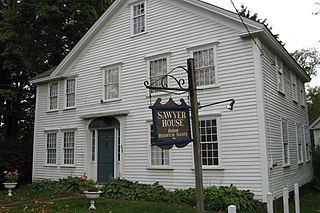
Bolton is a town in Worcester County, Massachusetts, United States. Bolton is in central Massachusetts, located 25 miles west-northwest of downtown Boston along Interstate 495. It is within Greater Boston and MetroWest regions. The population was 5,665 at the 2020 census.

Boylston is a town in Worcester County, Massachusetts, United States. The population was 4,849 at the 2020 census.
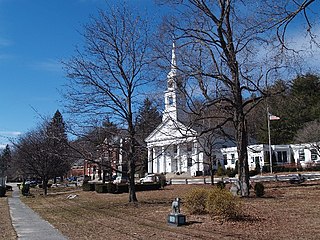
Sterling is a town in Worcester County, Massachusetts, United States. The population was 7,985 at the 2020 census.

Clinton is a town in Worcester County, Massachusetts, United States. The population was 15,428 at the 2020 census.

The Massachusett are a Native American tribe from the region in and around present-day Greater Boston in the Commonwealth of Massachusetts. The name comes from the Massachusett language term for "At the Great Hill," referring to the Blue Hills overlooking Boston Harbor from the south.
Monoco was a 17th-century Nashaway sachem (chief), known among the New England Puritans as One-eyed John.
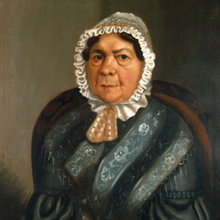
The Nipmuc or Nipmuck people are an Indigenous people of the Northeastern Woodlands, who historically spoke an Eastern Algonquian language, probably the Loup language. Their historic territory Nippenet, meaning 'the freshwater pond place', is in central Massachusetts and nearby parts of Connecticut and Rhode Island.
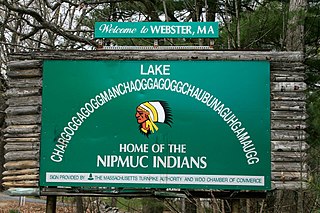
The Webster/Dudley Band of Chaubunagungamaug Nipmuck Indians, also known as the Chaubunagungamaug, Chaubunagungamaug Nipmuck, Pegan or Dudley/Webster Indians, is a cultural heritage group that claims descent from the Nipmuc people. They are a state acknowledged tribe.

The Chaubunagungamaug Reservation refers to the small parcel of land located in the town of Thompson, Connecticut, close to the border with the town of Webster, Massachusetts, and within the bounds of Lake Chaubunagungamaug to the east and the French River to the west. The reservation is used by the descendants of the Nipmuck Indians of the previous reservation, c. 1682–1869, that existed in the same area, who now identify as the Webster/Dudley Band of the Chaubunagungamaug Nipmuck.
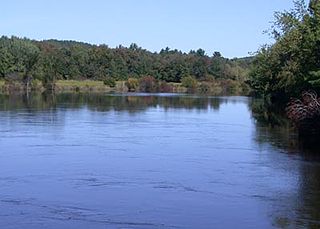
The Nashaway were a tribe of Algonquian Indians inhabiting the upstream portions of the Nashua River valley in what is now the northern half of Worcester County, Massachusetts, mainly in the vicinity of Sterling, Lancaster and other towns near Mount Wachusett, as well as southern New Hampshire. The meaning of Nashaway is "between," an adverbial form derived from "nashau" meaning "someone is between/in the middle" = adverbial suffix "we"

Simon Willard (1605–1676) was an early Massachusetts fur trader, colonial militia leader, legislator, and judge.

The Lancaster Raid was the first in a series of five planned raids on English colonial towns during the winter of 1675-1676 as part of King Philip's War. Metacom, known by English colonists as King Philip, was a Wampanoag sachem who led and organized Wampanoag warriors during the war. Teaming up with Nipmuc and Narragansett warriors, the Wampanoag successfully raided the town of Lancaster, securing provisions and prisoners to help them carry on into their winter offensive.
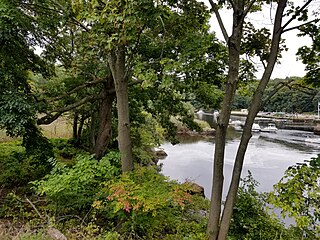
Cutshamekin was a Native American leader, who was a sachem of the Massachusett tribe based along the Neponset River and Great Blue Hill in what is now Dorchester, Massachusetts and Milton, Massachusetts before becoming one of the first leaders of the praying Indian town of Natick, Massachusetts. He is the possible namesake of Jamaica Plain.

John Wompas was a Nipmuc Indian man born around 1637 in Nipmuc Country, in what would become the state of Massachusetts. He spent the first half of his childhood among his Native kin and the second half living with an English family in Roxbury, Massachusetts Bay Colony. This dual upbringing gave him fluency in the languages and customs of both Nipmuc and colonial English worlds. He used his cross-cultural knowledge largely for personal economic and political gain, but at the end of his life he also turned it to the benefit of his Nipmuc kin.
Black James was a Nipmuc constable and spiritual leader of the Chaubunagungamaug Nipmuck at the Chaubunagungamaug Reservation in colonial Massachusetts and Connecticut. Daniel Gookin appointed James to be a constable for the praying towns after he had become a Christian. In 1675, James signed a treaty agreeing not to assist King Philip, but may have supported him during King Philip's War. After the War, Black James deeded various parcels of land to settlers in Nipmuc country including at Manchaug, Quantisset and Maanexit in what is now eastern Connecticut near Rhode Island. His dying speech was recorded by Rev. Daniel Takawambait and later published and by 1686 a deed was signed by his heirs indicating that Black James was deceased, but another Indian used the name "Black James" until 1708.
Maanexit was a Nipmuc village on the Quinebaug River and Old Connecticut Path in Connecticut. The town was located near what is now Fabyan in Thompson, Connecticut and Woodstock, Connecticut. The name of the town means either "where the road lies" or "where we gather" which may have been "alluding to a settlement of Christian Indians in the immediate vicinity." The village became an Indian praying town through the influence of John Eliot and Daniel Gookin.

Quaiapen, also known as Magnus, Matantuck, Old Queen, or Watowswokotaus, was a Narragansett-Niantic female sachem (saunkskwa) who was the last sachem captured or killed during King Philip’s War.

Wattaquadock Hill is a 640-foot (200 m) hill and ridge in southwest Bolton, Massachusetts and the site of a 15-acre (6.1 ha) wooded conservation area containing hiking trails and wetlands. It is the highest point in Bolton.
George Tahanto was a leader of the Nashaway tribe within the Pennacook confederation in what is now Massachusetts and New Hampshire. Tahanto was the nephew of Sachem Sholan.
Sagamore Sam, also known as Upchattuck, Shoshanim, and Uskattuhgun, was a sachem of the Nashaway tribe of Massachusetts. He was an active leader during King Phillip's War. Sam was a major insurgent against white settlers, acting alongside other tribal leaders such as Monoco.
















